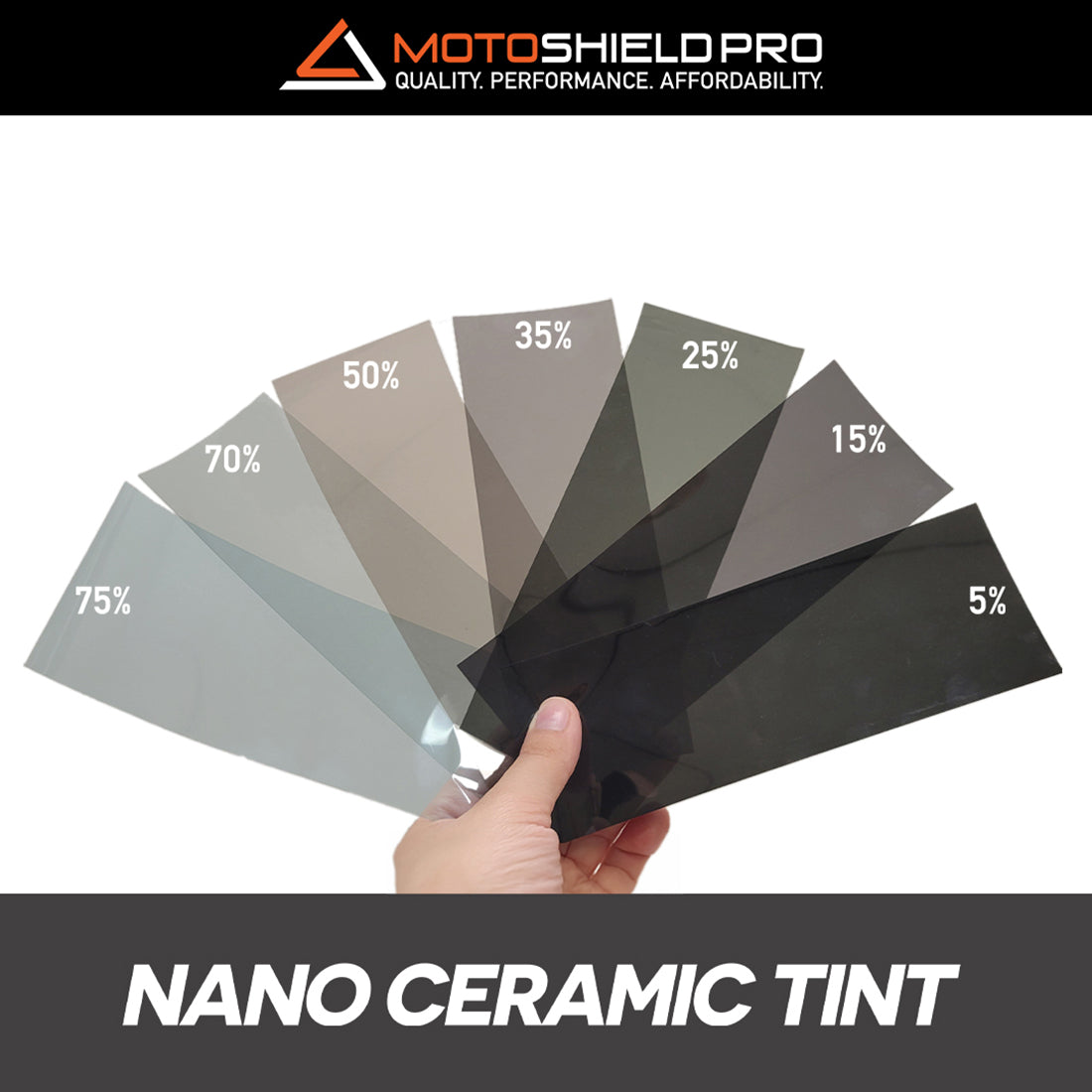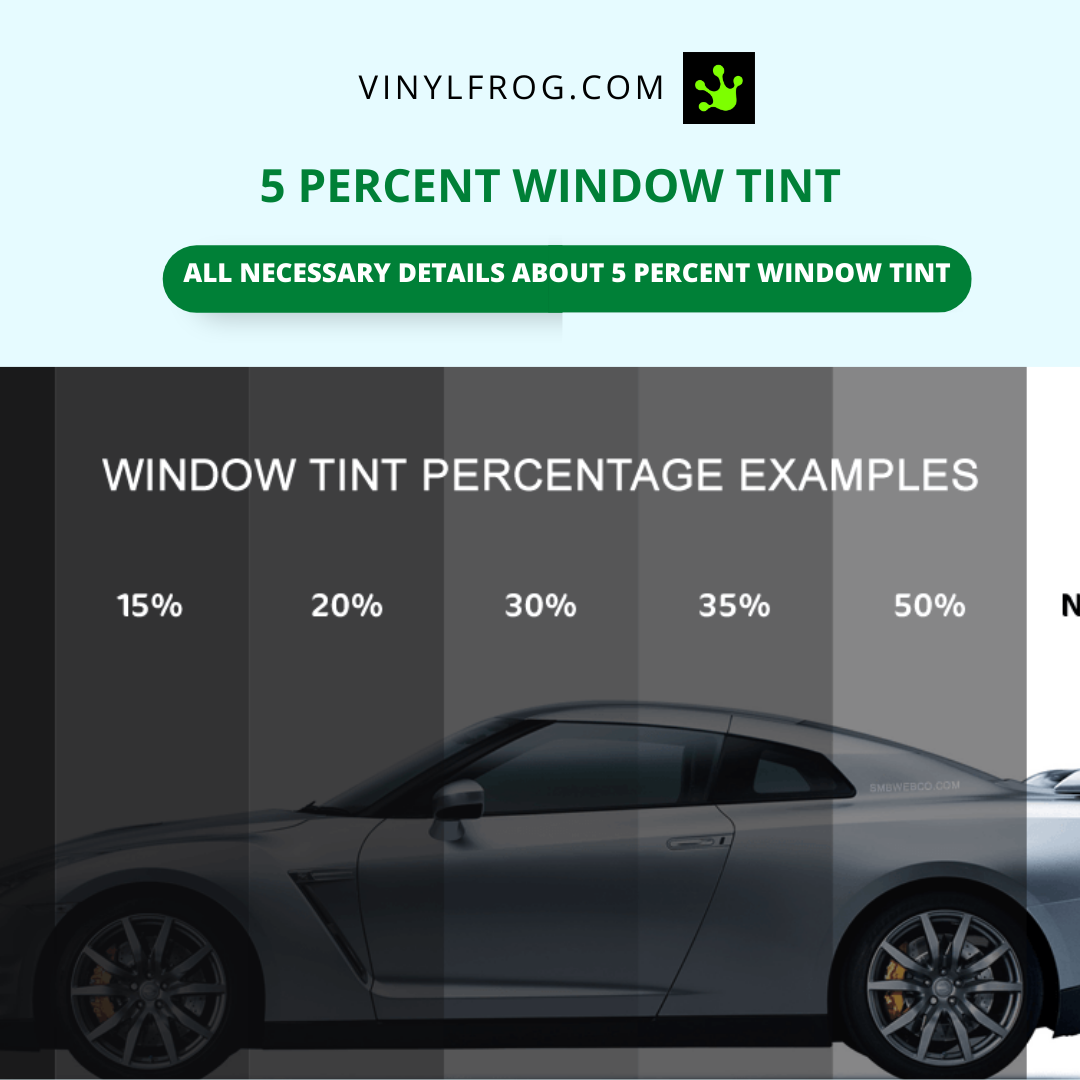Discover the Advantages of UV Security with Vehicle Window Tinting
Discover the Advantages of UV Security with Vehicle Window Tinting
Blog Article
Home Window Tinting Rules and Guidelines: What You Required to Know Prior To Tinting Your Vehicle
Before waging home window tinting for your vehicle, it is vital to familiarize yourself with the varied legislations and standards that govern this technique across various states. These policies determine the permitted levels of tint darkness, often measured by visible light transmission (VLT) percentages, and include specific specifications for front windscreens focused on ensuring roadway security. In addition, particular jurisdictions might provide medical exemptions for people with qualifying problems. Recognizing these complexities can save you from prospective lawful implications, yet what are the certain regulations in your state?
Overview of Window Tinting Laws
Window tinting laws are regularly based on variant across various jurisdictions, mirroring neighborhood regulations and safety and security considerations. These legislations determine the allowable levels of tint darkness and reflectiveness on car windows, making sure that chauffeurs maintain adequate exposure while additionally shielding against damaging UV rays and warm.
The majority of laws identify home window tinting based on the Visible Light Transmission (VLT) portion, which indicates the amount of light that can pass via the window. Generally, reduced VLT percentages symbolize darker tints. Laws commonly differentiate in between the front, side, and rear windows, with more stringent limitations put on the front windshield to boost security for both the chauffeur and various other roadway users.
Conformity with home window tinting policies is critical, as offenses can result in fines, mandatory elimination of the color, and prospective boosts in insurance premiums. It is necessary for car owners to familiarize themselves with local laws before proceeding with home window tinting installments.
State-by-State Color Regulations
Understanding the details window tinting guidelines in each state is vital for vehicle proprietors looking for to adhere to the regulation. Each state in the united state has established its very own collection of rules controling home window tinting, which can vary significantly. These guidelines usually determine the allowable levels of tint darkness, the sorts of windows that can be tinted, and any type of medical exceptions that may apply.
As an example, states like California have rigid limitations on tint darkness for front windows, while others, such as New Mexico, might allow darker colors. Additionally, particular states mandate particular exposure portions for various windows, including the windscreen, front side windows, and rear windows. It is important for car proprietors to familiarize themselves with their state's regulations to prevent prospective fines or charges.
Furthermore, some states may need a certification sticker label to be positioned on colored home windows, suggesting conformity with state regulations. Failing to comply with these laws not just takes the chance of lawful consequences but can additionally influence security and exposure while driving. Therefore, vehicle proprietors must perform complete research study or get in touch with local authorities to make certain full understanding and conformity with state-by-state color guidelines.
Allowed Tint Levels and Types
Numerous car proprietors might be surprised to discover that enabled color degrees and kinds differ widely across various states. Each state has actually established its own regulations regarding the permissible darkness and reflectivity of window tint, frequently gauged by Visible Light Transmission (VLT) portions. VLT describes the amount of light that can travel through the colored home windows; thus, a lower percentage indicates a darker color.

Furthermore, the sorts of color materials enabled can vary, with some states forbiding mirror-like or metal surfaces. It is crucial for lorry owners to acquaint themselves with their state's certain regulations to make certain conformity. Non-compliance can result in fines, necessary elimination of the tint, or various other lawful effects, making it critical to comprehend these laws before waging setup.
Medical Exceptions for Tinting
While not all states give allocations for medical exceptions relating to window tinting, those that do recognize the need for particular individuals to boost presence and comfort due to medical problems. Different medical problems, such as lupus, skin cancer, and specific eye problems, can try this website make individuals specifically conscious sunshine. These individuals may call for darker colors to protect themselves from harmful UV rays and glow.

It is necessary to note that despite have a peek at this site having a clinical exception, there might still be restrictions on the level of color permitted. Conformity with state laws makes sure that people are both secured and within lawful limits. Those thinking about clinical exceptions should contact their neighborhood Division of Motor Automobiles or equal authority to understand the treatments and needs needed to request an exemption effectively.
Fines for Non-Compliance
Falling short to adhere to home window tinting regulations can cause substantial penalties, which differ by state. Police are encouraged to provide citations for lorries that do not follow the specified tinting regulations. These fines normally consist of penalties, which can vary from small quantities to numerous hundred dollars, depending upon the severity of the violation and the state concerned.
In some territories, repeated offenses may lead to intensifying penalties or extra fines, such as compulsory court looks. Moreover, non-compliance might require the removal of prohibited tinting, usually at the proprietor's expense. In extreme instances, habitual wrongdoers may encounter suspension of their vehicle enrollment until compliance is attained.
In addition, insurance ramifications might emerge from receiving multiple citations for window tint violations. Insurance providers may watch such violations as an indicator of riskier actions, possibly bring about enhanced premiums or trouble in protection.
To stay clear of these charges, it is critical for car proprietors to acquaint themselves with their regional home window tinting regulations and make certain that their vehicle complies (Window Tinting). This aggressive click this link strategy not only prevents lawful implications however additionally advertises roadway security
Final Thought

Many policies categorize home window tinting based on the Visible Light Transmission (VLT) percentage, which indicates the quantity of light that can pass through the window. Compliance with window tinting guidelines is crucial, as violations can result in penalties, obligatory removal of the color, and prospective rises in insurance premiums.Understanding the details window tinting regulations in each state is crucial for automobile proprietors seeking to conform with the regulation. These regulations often determine the allowable levels of tint darkness, the kinds of home windows that can be tinted, and any kind of clinical exceptions that may apply.
For circumstances, states like California have strict restrictions on color darkness for front home windows, while others, such as New Mexico, might enable darker tints.
Report this page